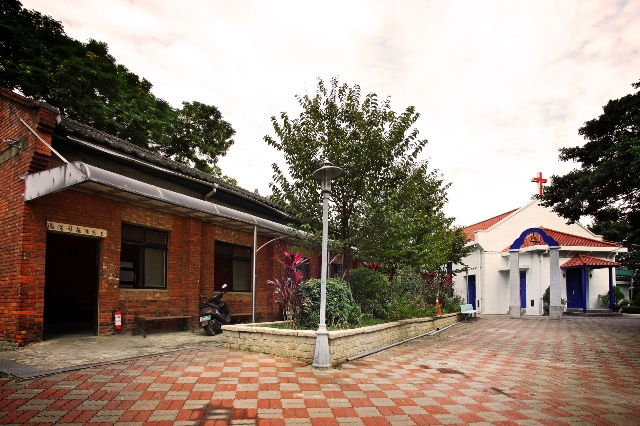The development of New Taipei City has been shaped over different periods of its history by Taiwan’s indigenous peoples, the Spanish, the Dutch, the Qing Dynasty, and the Japanese. All of their footprints have resulted in New Taipei City’s unique cultural and historical character. Currently there are three potential World Heritage Sites within the city’s borders.
Fort San Domingo and Surrounding Historical Buildings, Tamsui
The Tamsui area was originally home to the Ketagalan tribe. The land here was later developed by Han Chinese. After the port was opened as a treaty port, Western religions, architecture, medical care, and education were introduced through Tamsui and spread from there throughout Taiwan.
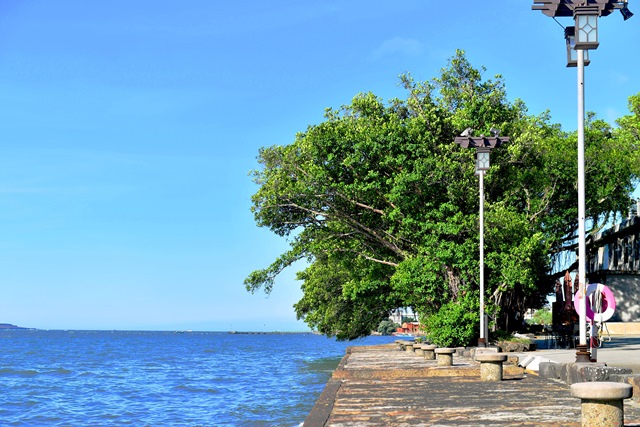
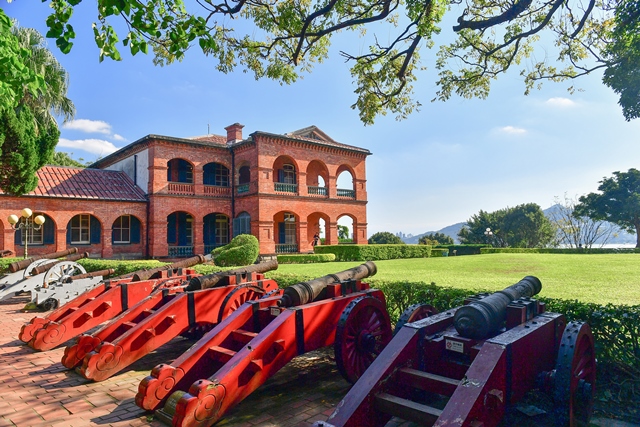
The Shuei-Jin-Jiou Mining Sites
These sites preserve the area’s industrial heritage with a rich trove of cultural and historical relics. The cultural assets, which range from old settlements to historical spaces, folk festivals, landforms, water resources, and old mines, present a vivid record of Taiwan’s mining history.
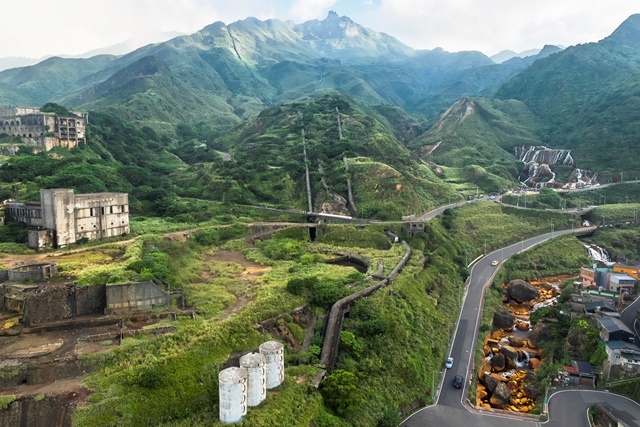
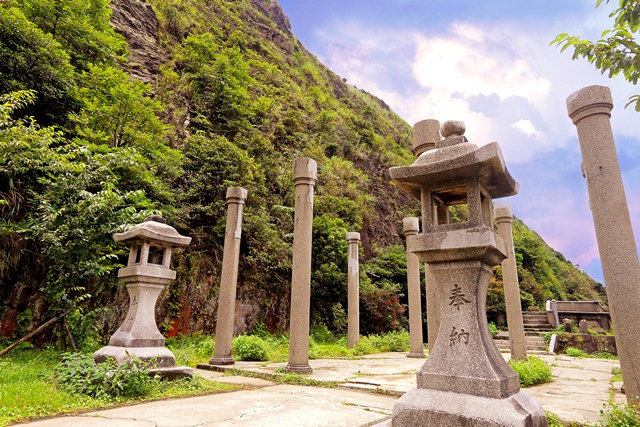
Lo-sheng Sanatorium, Xinzhuang
This medical facility was the historic center of Taiwan’s battle against leprosy, and more recently a focus of efforts to protect the rights of the sick and vulnerable who still live there. The special equipment at the sanitorium and mandatory quarantine area offer a window into the history and development of local medical treatment and public health management.

